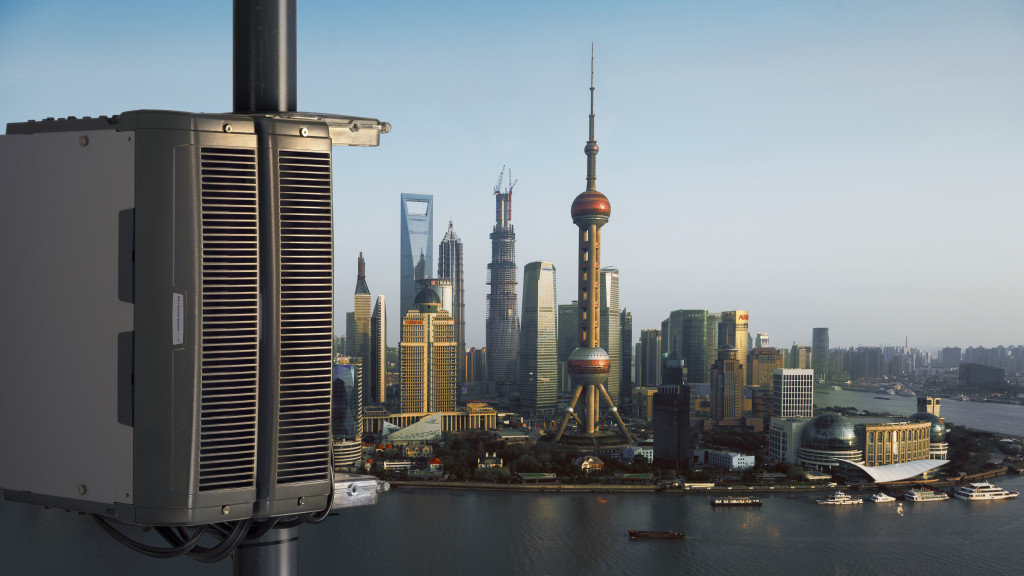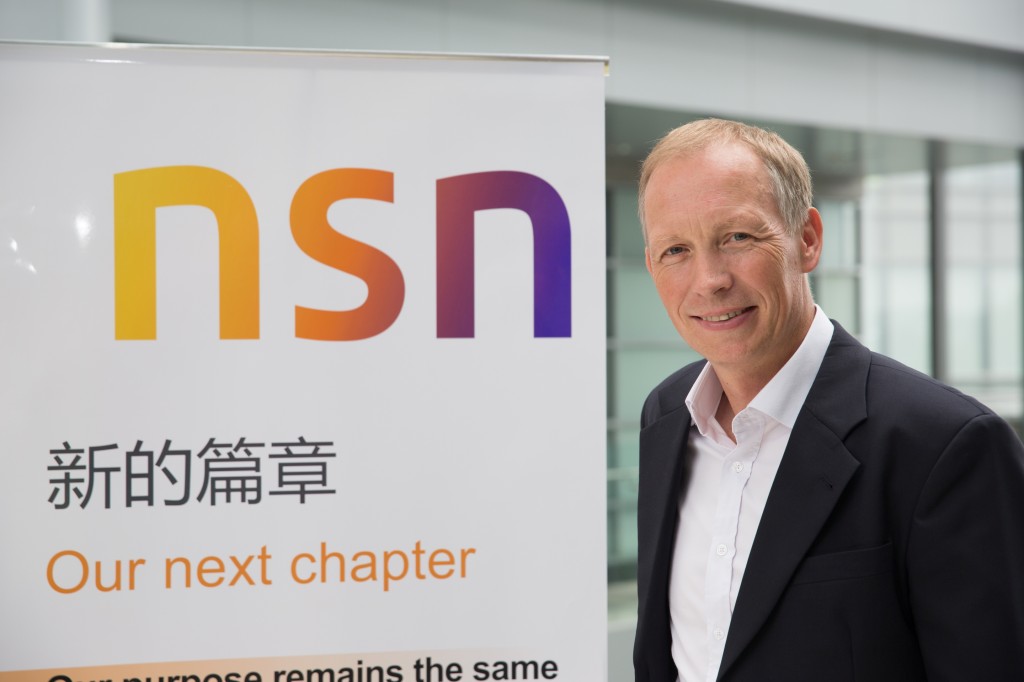A look at the opportunities and challenges China’s economic transformation is creating for the development of the ICT market.
In a recent interview Markus Borchert, President of Nokia Solutions and Networks for Greater China, expressed his views on how to ensure the successful development and globalisation of time-division long-term evolution (TD-LTE), the fourth generation (4G) mobile-telecommunications technology and standard.
China’s far-sighted innovation transformation
China is currently shifting from an investment- and cost efficiency-led growth model to one whose core tenets are consumption and innovation. According to Miao Wei, Minister of the Ministry of Industry and Information Technology (MIIT), the next generation of information and communication technology, which has internet at its core, has become a vital force in the next global technological innovation and industrial revolution. This reality means it is essential that information and communication technology plays a leading and supporting role in the development of modern industrial systems.
Borchert believes it is very forward looking of the Chinese Government to transform the economy from labour-driven to innovation- and knowledge-driven structures that will enable a healthy and rapid development of the Chinese economy.
Nokia Solutions and Networks (NSN) has the vision of ‘1GB/day/person’ by 2020, meaning in less than seven years the amount of mobile data consumed by an individual on a daily basis will be one gigabyte; this requires the network capacity to be increased be a factor of 1,000. Nokia Solutions and Networks is committed to helping operators address the opportunities and challenges that this further explosion of mobile data consumption will bring, in an efficient and cost-effective manner.
15 Years Commitment and Growth of TD-LTE

NSN’s Flexi Lite Base Station (far left): its main application is to provide fill-in coverage and capacity both indoors and outdoors.
Since China formally submitted Time Division Synchronous Code Division Multiple Access (TD-SCDMA) as the third generation (3G) international standard proposal to the International Telecom Union (ITU) in 1998, the world has witnessed the rise of China as an innovation power house over these past 15 years. Borchert says that NSN is honoured to have contributed to this unforgettable journey side by side with Chinese partners and is very proud to see that the long-term adherence and dedication of NSN has helped TD-SCDMA, and now 4G TD-LTE, to become world-class standards and technologies.
Borchert highlighted that the key for the 4G TD LTE success is the collaboration on joint research and development (R&D) and innovations between Europe and China:
“Nokia Solutions and Networks has been committed to the development of TD technologies in China for the past 15 years. This is an excellent example of successful EU-China cooperation in technology development and commercialisation.
“If we look at TD LTE using the analogy of building a house, the basement is developed in Germany and Finland while the first floor and roof are developed in China.
“We built the full value chain for TD-LTE in China, which includes product management, R&D, manufacturing, logistics, marketing, sales and service. This allows us to work very closely with our Chinese partners and react to their demands,” says Borchert.
Accelerating the Success of TD-LTE’s around the World
TD-LTE has been successfully selected as a 4G international standard. However, the 3G TD-SCDMA experience has taught the lesson that real success with 4G TD-LTE cannot be achieved by relying on the Chinese market alone.
It has to become a global technology with a rich, global eco-system and supply chain. This is why NSN is not only focusing on the Chinese market but also actively driving the global market development for TD-LTE. Borchert says that NSN have TD-LTE deals inked in all continents except for Antarctica.
China and Europe play an increasingly important role in the global economy. This level of successful EU-China technology and market development can serve as an example for other industries. There are no quick wins though and you have to stay committed for the long term, says Borchert.
He also commented that NSN will continue to play an important role in TD-LTE innovation and globalisation. China Mobile has recently chosen NSN to implement a significant share of its TD-LTE network, adding to their impressive list of 12 TD-LTE references, including Sprint in the United States and Optus in Australia. Ten out of these networks have already been launched commercially, representing half of the commercial TD-LTE networks around the world.
Borchert finished by stressing that NSN will continue to increase investment and actively cooperate with China’s operators to jointly further the successful development and globalisation of TD-LTE.
- Time-Division Long-Term Evolution (TD-LTE), is a 4th generation (4G) mobile-telecommunications technology and standard currently being adopted by China Mobile, with the strong support of the Chinese Government
- China hopes that TD-LTE will be adopted as a global standard, in order that a scalable eco-system is developed around the technology.
- TD-LTE value chain would include chip-set makers, devices makers, network suppliers, operators, and hardware and software suppliers, which will benefit the Chinese players in this sector.
Nokia Solutions and Networks is the world’s specialist in mobile broadband. From the first ever call on GSM, to the first call on LTE, we operate at the forefront of each generation of mobile technology. Our global experts invent the new capabilities our customers need in their networks. We provide the world’s most efficient mobile networks, the intelligence to maximize the value of those networks, and the services to make it all work seamlessly. With headquarters in Helsinki, Espoo, Finland, we operate in over 150 countries and had net sales of approximately EUR 13.8 billion in 2012.



Recent Comments